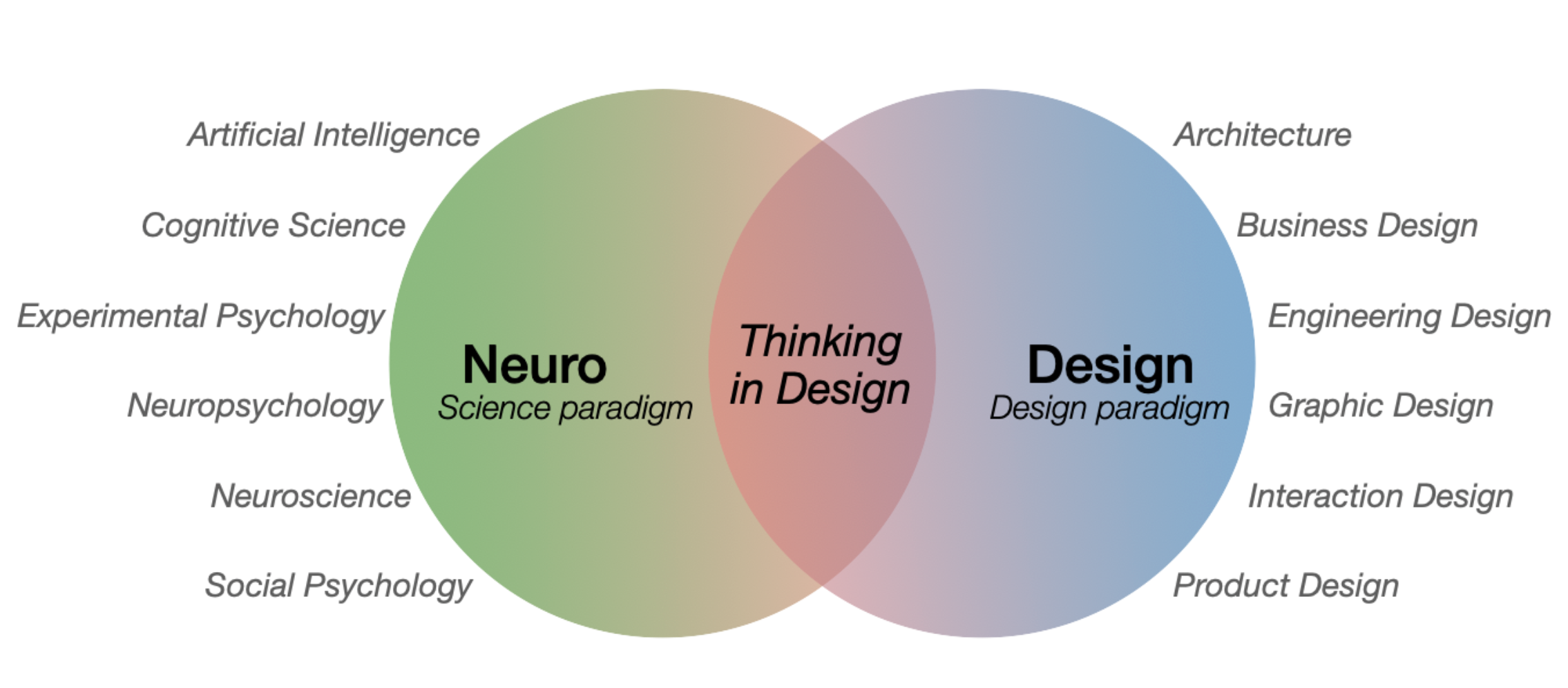Abstract
There is an increasing use of neuroscience research methods to understand the neural basis of design activity. The use of Neuroscience research tools such as fMRI, EEG and fNIRS presents a new and insightful approach to potentially understand the neurocognitive processes underlying design thinking at the level of individual designers as well as teams. However, the results from neuroscience research while insightful are rarely directly applied to design practice. In this chapter, we explore this gap between neuroscience research and design practice and explore how the emerging field of NeuroDesign might bridge this gap. Delving into the epistemology of design practice and the promise of neuroscience, we present the understanding and practice of learning as a key bridge between the two fields. We explore the broader implication of learning in the framing of NeuroDesign and present a research agenda for further studies in the field.
